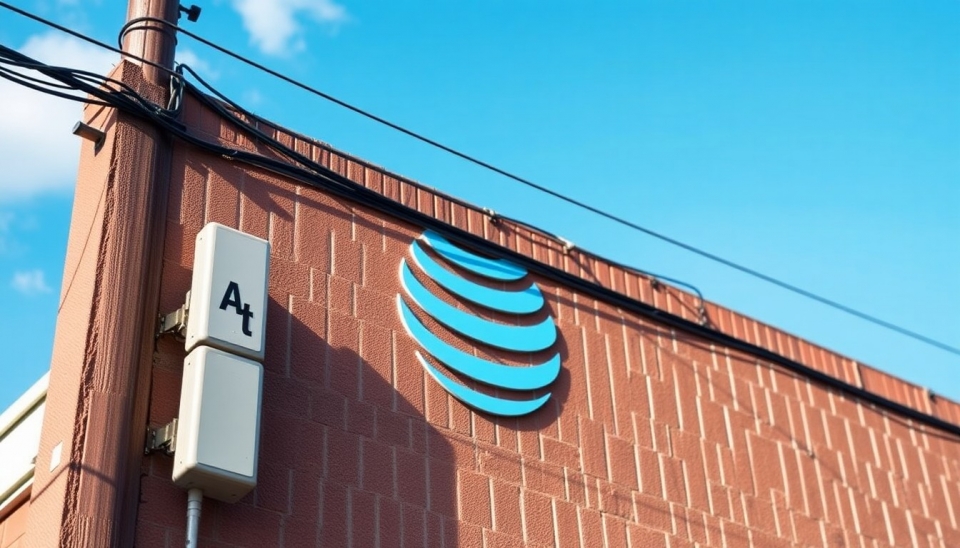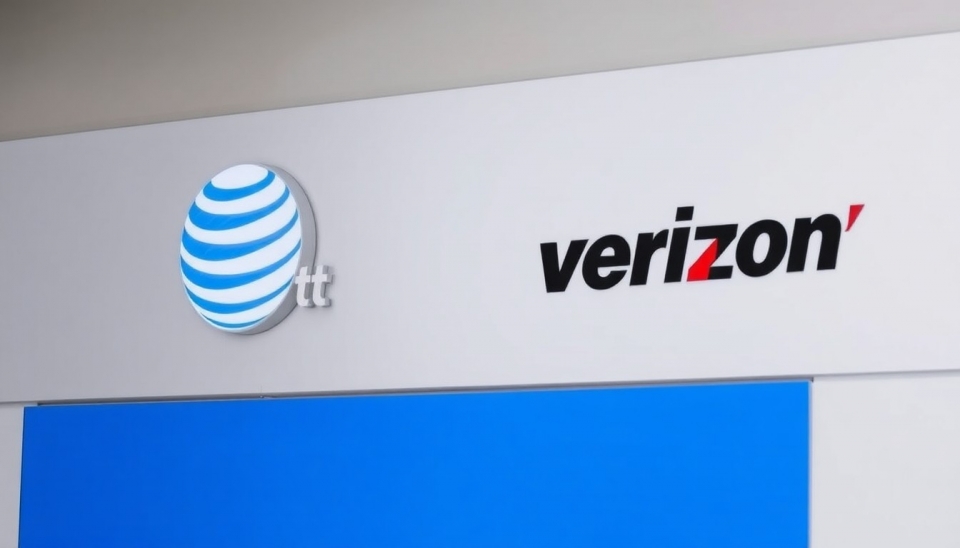
In a significant development for telecommunications, the Federal Communications Commission (FCC) has recently granted AT&T the authority to substitute its traditional copper landline phone services with wireless home phone options. This ruling marks a pivotal shift toward modernizing the communications infrastructure as the industry moves away from aging copper networks.
The FCC's decision responds to the pressing need for telecommunications providers to adapt to evolving consumer preferences and technology advancements. This move not only aims to streamline service delivery but also addresses the costly maintenance associated with outdated copper lines, which have been the backbone of home telephone service for decades.
AT&T’s initiative to transition to wireless technology is viewed as a necessary step to enhance service reliability and quality. The company argued that the new wireless home phone service will provide comparable or even superior connectivity, harnessing advancements in wireless technology to offer customers enhanced features, including improved voice clarity and broader coverage.
While supporters of the decision hail it as a progressive step forward, critics express concerns over the implications for consumers, especially those who rely heavily on traditional landline services. Critics argue that such a transition might not meet the needs of certain demographics, particularly the elderly or those living in rural areas where wireless service may be less reliable or accessible than traditional copper lines.
The ruling by the FCC is part of a broader trend among telecom operators across the United States, many of whom are seeking to retire aging infrastructure in favor of newer, more efficient technologies. This shift is further fueled by the increasing ubiquity of mobile devices and consumer demand for robust connectivity options, prompting companies like AT&T to innovate continuously.
As AT&T prepares to implement these changes, the next steps will involve working closely with regulatory bodies to ensure a smooth transition for existing customers. The company has committed to maintaining service quality during this period, assuring customers that their needs will be prioritized throughout the transition.
The FCC’s decision not only highlights the urgency for telecommunications providers to evolve but also reflects the agency's ongoing commitment to promoting competition and ensuring that all consumers have access to reliable communication options. Observers will be keenly watching how this transition unfolds and its potential impact on the broader telecommunications landscape in the coming months.
In summary, AT&T's move to replace copper landlines with wireless solutions under the FCC’s ruling signifies a transformative moment in the telecom sector, setting the stage for the future of home communications in a rapidly advancing technological landscape.
#ATT #FCC #Telecommunications #WirelessTechnology #HomePhones #CopperLines #ConsumerService #CommunicationUpgrade #TechNews
Author: Liam Carter




